Nanoform scientists discuss how their diverse personalities and scientific backgrounds foster innovation, helping them tackle problems from different angles, and design better processes

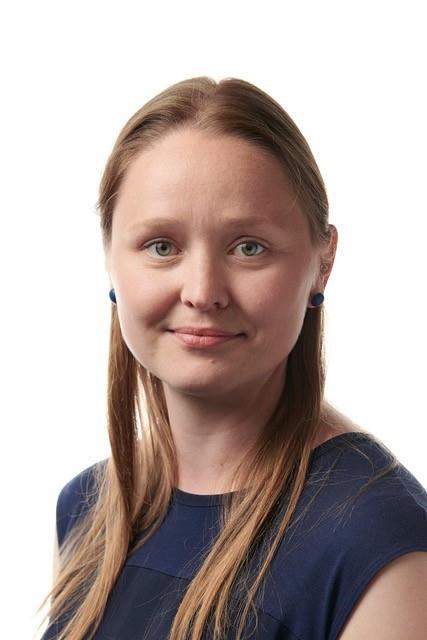
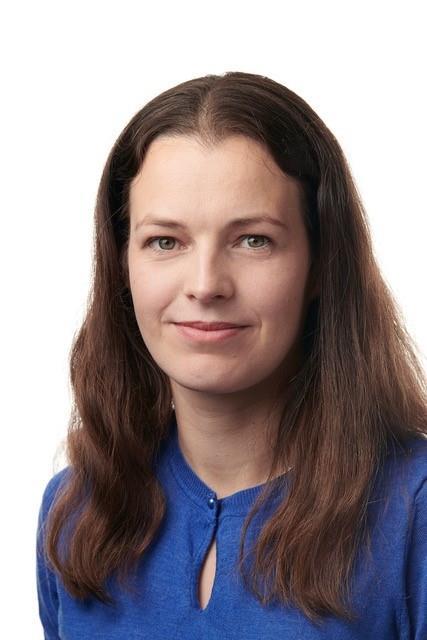

Nanoform is a drug-enabling company based in Helsinki, Finland. It uses its proprietary nanonization process to create drug nanoparticles with increased solubility and bioavailability. Rob Dods explores how the company’s multidisciplinary approach boosts innovation.
Before we begin, please briefly outline your scientific backgrounds.
Lume: I am originally from Estonia where I studied gene technology in Tallinn before moving to Helsinki to pursue a PhD in physiology and neuroscience. My PhD work focused on the regulation of neurotrophic factors. I also have extensive experience in protein biology. At Nanoform, I lead the team working on how to apply our nanonization process to biological drugs.
Of course, it was never a specific childhood plan to be nanonizing drug particles! A very interesting road led me here and it is so exciting to be a part of this
Siiri Viljanen
Lakio: I currently head up the pharmaceutical development department at Nanoform and much of my scientific background involved powders in one form or another. I gained my pharmaceutical technology PhD at the University of Helsinki and I have worked with pharmaceutical powders in Europe and Australia. I also have experience working with formulations, process development and scale-up with particular focus on continuous manufacturing.
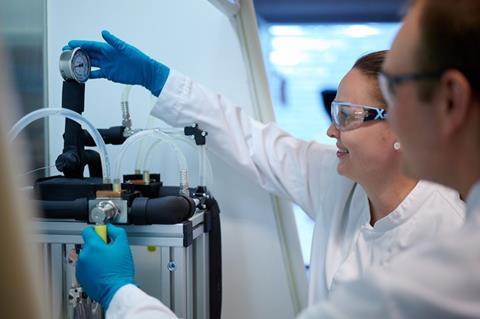
Viljanen: My background is in chemical engineering and analytical chemistry, specialising in fermentation technology. I spent much of the last decade in academia and industry, working in different labs around Europe. That exposure to so many different ways of working has been extremely valuable. More recently, I moved into the pharmaceutical sector within quality control and now I am a production engineer at Nanoform.
Helander: My background is in physics and I work as a production engineer. My role is to understand the nanonization process by simulating it. Prior to this, I was a research assistant at the University of Helsinki where I worked on ultrasonics and computational fluid dynamics.
You all studied in very different fields before starting to work together. Did you ever imagine yourselves working within drug engineering?
Viljanen: Drugs are everywhere and they have such a massive impact on world health. I was always attracted to working in pharma and I wanted to be a part of an industry that makes a difference on a global scale. Of course, it was never a specific childhood plan to be nanonizing drug particles! A very interesting road led me here and it is so exciting to be a part of this.
I feel I can really make a difference by developing new processes that help drugs reach the market, which is very exciting
Maria Lume
Lakio: For me as a pharmacist, I was always planning to work within the pharmaceutical industry and I feel I can really use my skills as part of this team.
Lume: Like Siiri, a winding road brought me to Nanoform. I always liked the idea of being close to the patient, and indeed considered studying medicine long ago. After working in the wet lab for years as part of my PhD, I felt my research was a bit too far from the real world. At Nanoform, I feel I can really make a difference by developing new processes that help drugs reach the market, which is very exciting.
What benefits does having so many different scientific perspectives bring to your work? And how does that affect the way you approach your work?
Lume: I think having such diverse scientific perspectives promotes thinking outside the box and creates innovation. For example, if a physicist follows the discussion of a biologist, they may ask questions that biologists have always taken for granted and not questioned themselves. It is extremely useful for seeing things in a new light and pushing forward development.
Viljanen: On so many occasions I have said ‘Oh my gosh, I did not think of that!’ Within the process development team, I work with physicists and other engineers who have very different ideas about how equipment setups should be built. In the end, we come together and find the right solution. It feels good to be part of this wider team working towards the same goal.
I have this amazing opportunity to develop myself and learn new things, while also applying my knowledge and helping others
Petteri Helander
Lakio: Onething I have found is that although we may have the same goals in mind, our different backgrounds mean we may describe these goals very differently. We are all scientists at heart and we think in similar ways, but there are important differences too. Some of us are more practical and others more theoretical. If we have different knowledge bases and different approaches, we can combine these in interesting ways. Coming from a pharma background, I bring a very systematic and documented way of working. Meanwhile, my industry experience helps me set clear goals and diligently follow our progress.
Helander: For me, I know mathematics. I can solve certain problems and parameters when working on the nanonization process, but my colleagues can ask questions that I would not have even considered. The details and the wealth of different knowledge they have is irreplaceable. I did not know too much about drug particles and proteins before I came to Nanoform but now I have this amazing opportunity to develop myself and learn new things, while also applying my knowledge and helping others.
Viljanen: It seems that every day I learn something new. It could be something small or something big, but it’s every day and that’s amazing.
Lakio: When we are developing something new and technically challenging like nanonization, the diversity in perspectives is crucial. We need the differences in knowledge, ideas and ways of working to get the very best out of the process.
Viljanen: Nanoform is a relatively small company right now, so everybody knows everybody and it is easy to know where to turn when you need input from a different scientific discipline. It is satisfying to jump into different projects where your specific knowledge helps solve a critical problem.
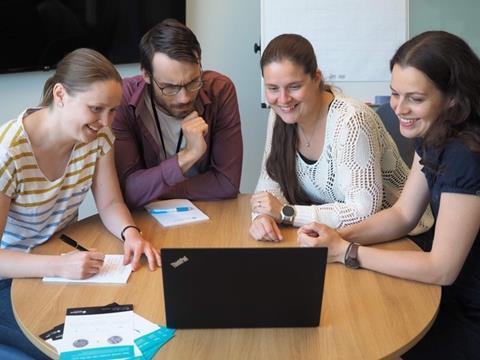
Does having such different backgrounds also bring challenges?
Lume: It doesn’t have to but it does rely on having very solid communication. The group I work in is made up of both biologists and physicists. I need to make sure the physicists understand the biology behind what we’re doing with the proteins. For instance, raising the temperature may indeed make a process run faster, but in protein work we have to be very careful about thermal degradation. On the other hand, while I am teaching my colleagues about protein stability, they are teaching me about physics and pharma technology so it’s a two-way street. It is important to make sure we use terms that everybody understands and set clear goals to work towards. It is because we maintain strong communication channels that we always manage to find a compromise on the best approach.
Lakio: As the company grows, we are developing concrete ways to ensure the efficient transfer of knowledge between our diverse scientists. For instance, we have recently introduced Quality by Design to the nanonization process. This project began with a brainstorming session in a bigger group to figure out what scientific knowledge would be required. There were continuous smaller follow-up discussions in which we made sure the right information reached the people who could make the project as successful as possible.
A coffee-fuelled chat about our hobbies easily leads into discussion of the science we’re working on
Siiri Viljanen
As a group, you also have a lot of international experience. What role does this play in your work?
Lakio: I think it is great that we have people coming in from different places. Every country has its own culture that can influence ways of thinking and working, which leads to a great opportunity to learn from one another. When you work internationally, you see how things are done differently for better or for worse. Then you can cherry-pick the things that work best and implement them wherever you go – at least that’s what I try to do.
Lume: Also, speaking so many languages within our team means we can communicate with customers all over the world.
Applied in R&D and commercial manufacturing, these technologies can extend the reach of existing drugs to better serve patient needs
Satu Lakio
Viljanen: That’s true, just last week I helped a colleague on the phone with a vendor from Germany. She told me what she wanted to communicate and I was able to jump right into the conversation. This language knowledge has been built up from all the different international experience we have, and it’s both helpful and fun when we can put it to good use.
Among your colleagues, you have a go-kart specialist, a singer and a crochet artist. How does Nanoform benefit from this eclectic mix of personalities?
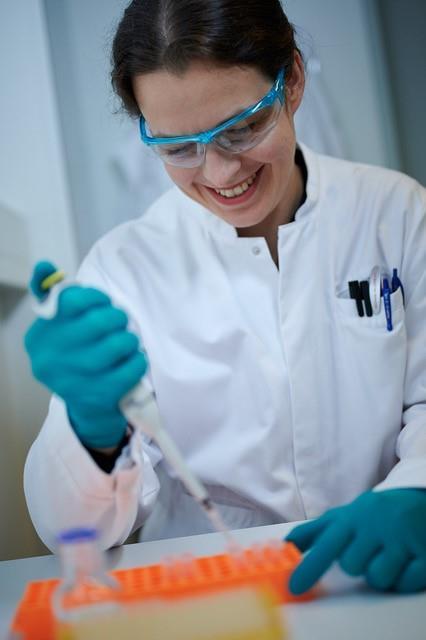
Viljanen: At the very least, it brings fun conversations to the coffee table. It’s great to be able to work with such interesting people and we have formed strong bonds through our different interests. In Finland, we have a big culture around coffee breaks and a coffee-fuelled chat about our hobbies easily leads to discussion of the science we’re working on.
Lakio: That’s right! Our outside interests can actually really help with our work, giving us ideas and perspectives that solve problems.
Viljanen: I have noticed this myself. In some recent product development work, we were preparing the nanonization equipment for a new run and needed to fit some pieces together in a precise and functional way. As an artist, my experience cutting paper really paid off. I realised right away how we should proceed thanks to my understanding of which shapes work and which do not.
Nanoform is a forward-looking company. How do you envision the future of medicine development?
Lakio: Personally, I think there is a real need to use existing drugs more efficiently to treat more patients. That’s where new technologies such as nanonization come in. When applied in R&D and commercial manufacturing, these technologies can extend the reach of existing drugs to better serve patient needs. There is also a lot of potential for implementing continuous manufacturing in interesting ways that could deliver great results both for the pharma industry and for patients.
Lume: I think one of the things that is rapidly changing is the amount of personalised medicine and the big impact it will have in the near future. I think it’s going to increase the need for more patient-centred drug design, leading to smaller drug design groups that have a deep understanding of the needs of specific patient groups.
Viljanen: Because we are all such different people, when we come together we can ask the right questions and solve the right problems to create important innovations. I believe the multidisciplinary approach we have is a big part of the future.
Rob Dods is a scientific writer/editor at Notch Communications
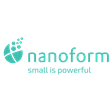






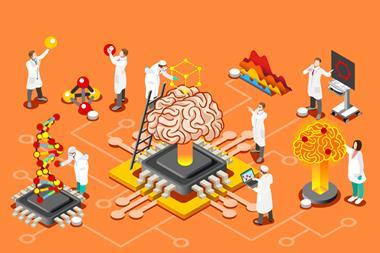










No comments yet